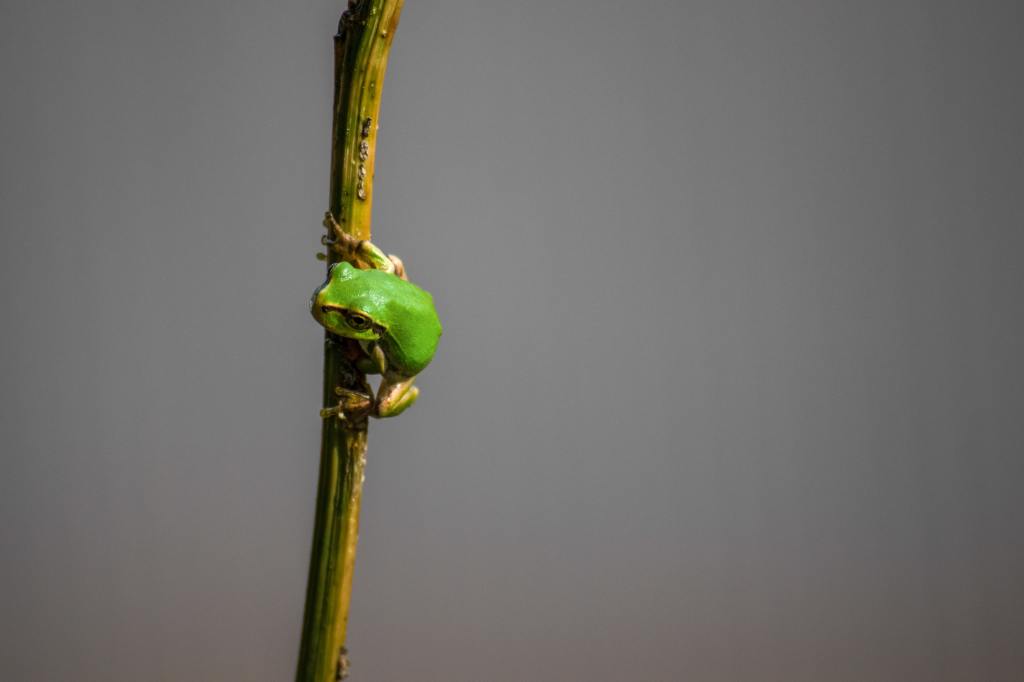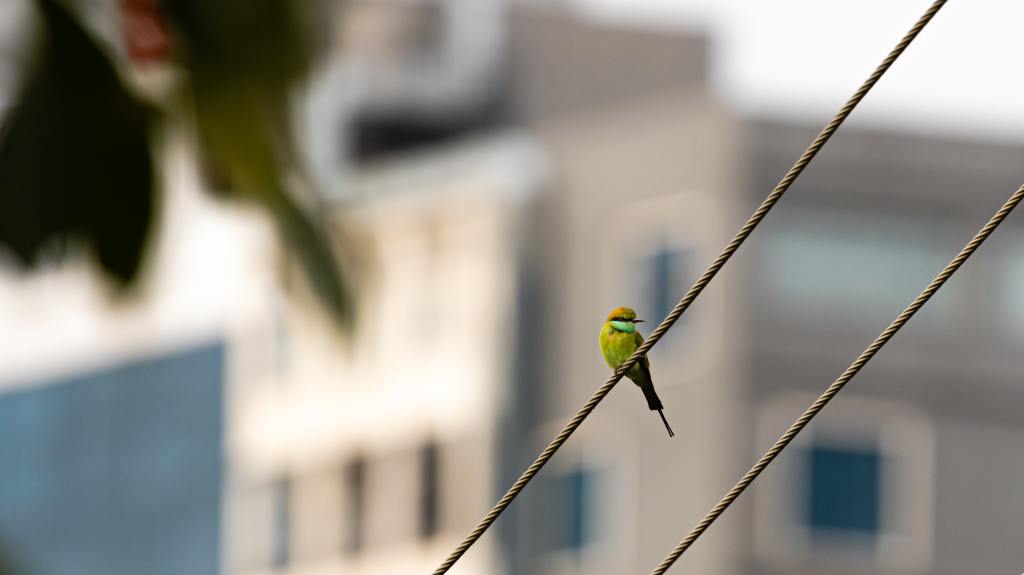
Kim Stanley Robinson actually told me personally not to get an MFA. I kid you not! IRL! No cap!
What Kim Stanley Robinson Said That Blew My Mind About Creative Writing MFA Programs
Here’s what happened: It was the 2021 Sierra Writer’s Conference. We’re all in lockdown from the pandemic, so the conference was virtual. Kim Stanley Robinson was talking about the Anthropocene (which is like apocalyptic fiction but with a happier ending, lol). He mentioned in his lecture that MFA programs were like “straitjackets,” and the work that comes out of those programs is all formulaic and derivative.
Now, my antennae were twitching after that, so during the Q&A, my virtual hand shot up. Surely, not all MFA programs were, as he called them, “straightjackets.” I asked, couldn’t he name even one program that was not restrictive and suffocating? He said NO.
Now, in 2020, I had literally been on the phone with my top-choice MFA program, about to apply, one day before the pandemic shut down everything. I was hoping, once things simmered down, to apply again. But Robinson had me doubting myself. He recommended that writers forge their own communities and take classes instead of a program, and that’s exactly what I did. I took Kate Senecal’s yearlong manuscript revision class with the incredible Pioneer Valley Writers’ Workshop in 2022, and it was the best thing for my work.
The only problem was, when it was over, I wanted MORE. I could tell I’d reached a plateau, and I couldn’t push through it on my own any longer. So, even though I developed a kick-ass writing community and bench-pressed craft, I took the plunge. First, I maxed out my library card, checking out the books of all faculty members from the programs I was interested in. Then, I applied to my top four programs and decided on Lesley University.
I’m glad I made the decision, and here’s why:
6 Reasons Why an MFA Program Is Right For Me (And Kim Stanley Robinson Was Wrong!)

I mean, JK Robinson, but I didn’t find that my MFA program was restrictive or prescriptive at all. In fact, it opened my eyes to so many possibilities was the best possible thing I could have done. Here are six reasons why:
1. High Stakes, High Commitment, High Production

Joining a program helped me to prioritize my work and rearrange my life to focus on my writing. Being paired with professional mentors and in a community with committed, like-minded, and supportive students was a craft jetpack. My work in the program is my best yet, and I’m on FIRE!
2. Trying New Things—Seriously

I chose Lesley University for its excellent interdisciplinary studies model, and it’s paid HUGE dividends. First, I’m working with an amazing alum and faculty member, Kate Fussner, on a novel in verse. I am totally loving it. Before I came to the program, I didn’t even know what a novel in verse was, and now I am obsessed!
I’m trying my hand at hi-lo novels, which is fiction for adults with low literacy rates. I’m also exploring picture books and early readers for children, another thing I never would have done on my own. I’m constantly being exposed to new ideas, formats, and ways of thinking that I never would have found outside my program.
3. Insider Knowledge of the Publishing World

We’ve had multiple agents, publishers, and experts talk to us, offer feedback on our work and process, and encourage us to query and submit.
The faculty have also been extremely generous, telling us about their real-world experience in the industry. For example, Jason Reynolds, besides being an amazing, award-winning author, is also just a really nice, down-to-earth guy. I sat with him at lunch, just shooting the breeze, and he gave me the inside scoop on applying to writer’s residencies. Thank you, Jason! Mind blown. I pledge to pay your kindness forward one day to future Lesley MFA-ians.
4. Network, Network, Network

On top of connecting with super supportive faculty and publishing peeps, Lesley University has a thriving, giant, supportive alum network. This semester, I got paired up with an alum, and we’re going to talk shop about querying and agents and all that jazz. How cool is that?
Plus, once I graduate, I’m welcome to come back to program residencies for free and hang out with all the cool kids. YAY! That ongoing connection is important for me and cemented my decision to attend Lesley University.
5. Mentorship from Master Writers

I don’t even have words to describe how unbelievably cool it is to work so closely one-on-one with award-winning authors in my field.
Those of you who follow me on Instagram know I’m a HUGE fan squirrel of Sara Zarr because she has such a high level of craft in her YA books. I got to work with her during my first semester last summer. Not only is Sara a craft master, but she also has a wicked sense of humor and is beyond supportive. I always thought I couldn’t write a good short story, and in a few short weeks, Sara helped me with all the tips and tricks I needed to kick ass and write a really solid short. Huzzah!
This semester, I’m super stoked to work with Michelle “Mikki” Knudsen, famous for Library Lion. So I’m pumped to try writing my own picture books and get tips from a pro!
And that’s just the tip of the iceberg, people—there are SO MANY talented, kind, caring, and creative faculty members on staff at my university. My only regret is that I won’t have time to work closely with them all!
6. Making Good on My Lifelong Dream

I’ve wanted to get my MFA for fifteen years and have been squirreling away money for five years to put toward my tuition. Call it my midlife courage, but I knew that if I didn’t jump in and do it, I would have regretted it for the rest of my life. And that is the real reason I signed up, and I’m so glad I did!
I don’t know where the road will take me, but I’m excited to be on the journey and am loving every step of the way.
Big thanks to my mentors, Sands Hall and Rachel Howard, whose intensive craft courses made me the writer I am today and who were kind enough to recommend me to the program. I would be remiss if I didn’t profusely thank Kate Senecal for cheering me on every step of the MFA application process, editing my admissions essays, having faith in me even when I didn’t, and writing a killer recommendation.
I also have to thank Kate for her amazing Book Buddies writing community that offers power-packed generative writing, writing caves, critiques, and craft masterclasses. I often do my best work in the Book Buddy generative writing sessions and retreats. Seriously, I don’t know how I would make my MFA deadlines without the regular schedule and encouragement from the BB community!
Publication News: The 2023 Wrap Up
Because I’ve been so busy with my MFA program, I neglected to announce my 2023 publications! It is a small but mighty list:
100-Word Stories: A Short Form for Expansive Writing by Kim Culbertson, Grant Faulkner, and Berit Olson, by Heinemann Publishing, 2023
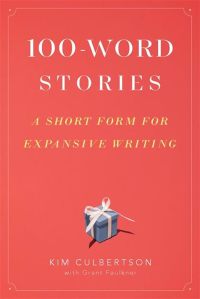
I am beyond honored to be in this educational collection of microfiction. I really have to thank my dear friend and mentor, Kim Culbertson, who hunted me down and wouldn’t let me say no to being a part of this wonderful project! Kim was one of the first to inspire me to take my creative writing seriously, so I am honored and deeply grateful to be included in this collection. Thanks to my critique buddies for helping me revise the piece!
Reider Media Northampton Living Magazine’s “Spooky” Halloween Issue, October 2023
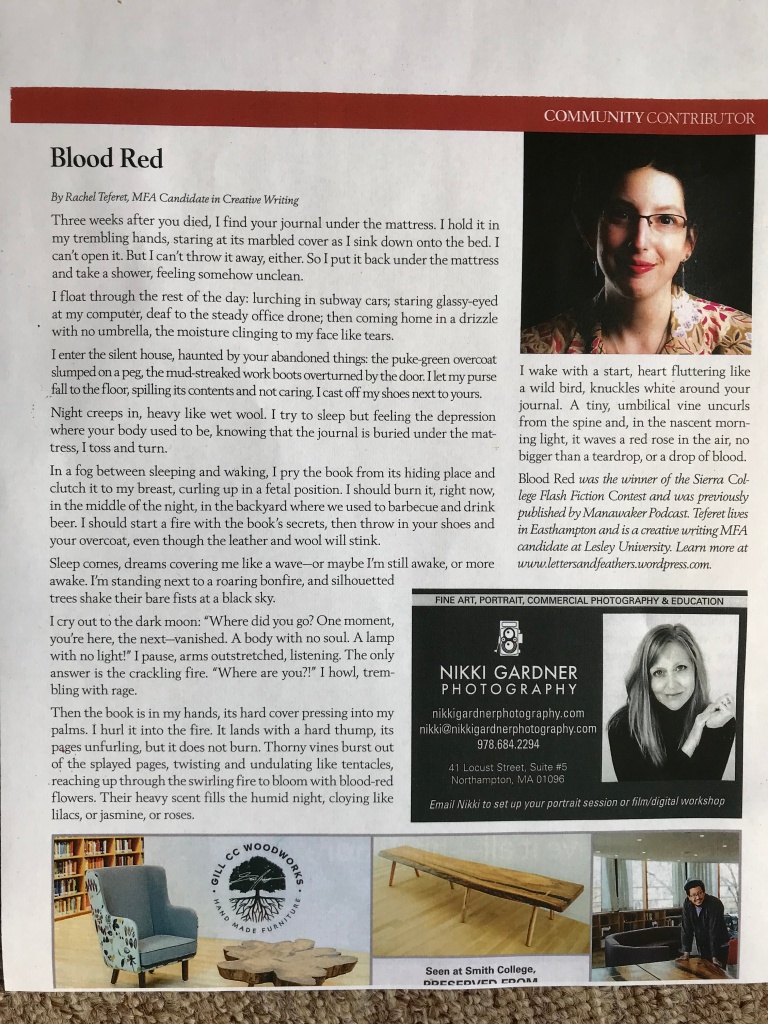
My flash fiction “Blood Red” was republished this Halloween in my local town magazine. It was so fun to have friends read my piece and get really excited to see my work in print. Big thanks to Joy Baglio at Pioneer Valley Writers’ Workshop for connecting me with this opportunity!
You can also listen to “Blood Red” on Manawalker Podcast, where it was originally published.
Astral Cherry Art’s Queer/Trans Magic Zine: Shapeshifting Edition, November 2023
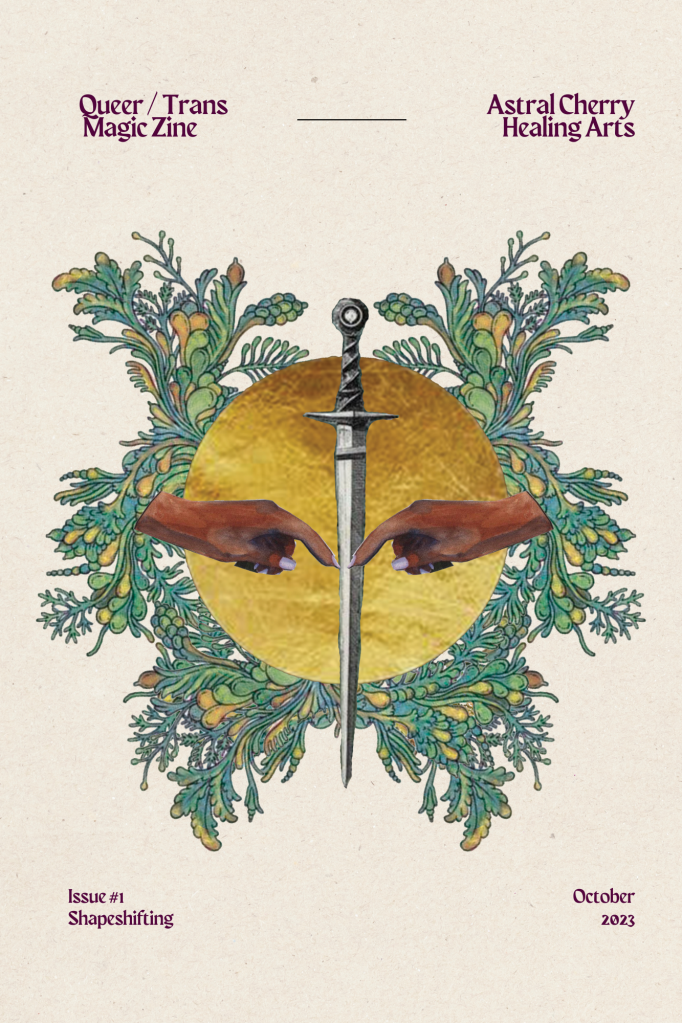
When my friend and amazing artist Lachlan Thompson put out a call for queer stories, I responded right away with my flash piece, “The Problem with Squirrels.” I am super honored to be the first story featured in the first issue! I recently did an author interview with Lachlan, which will appear on their blog soon, so stay tuned.
You can always check out my full list of publications on my publication page. I’ve published 38 pieces since 2012, and I hope to increase that number this year!
And… NaNoWriMo 2024
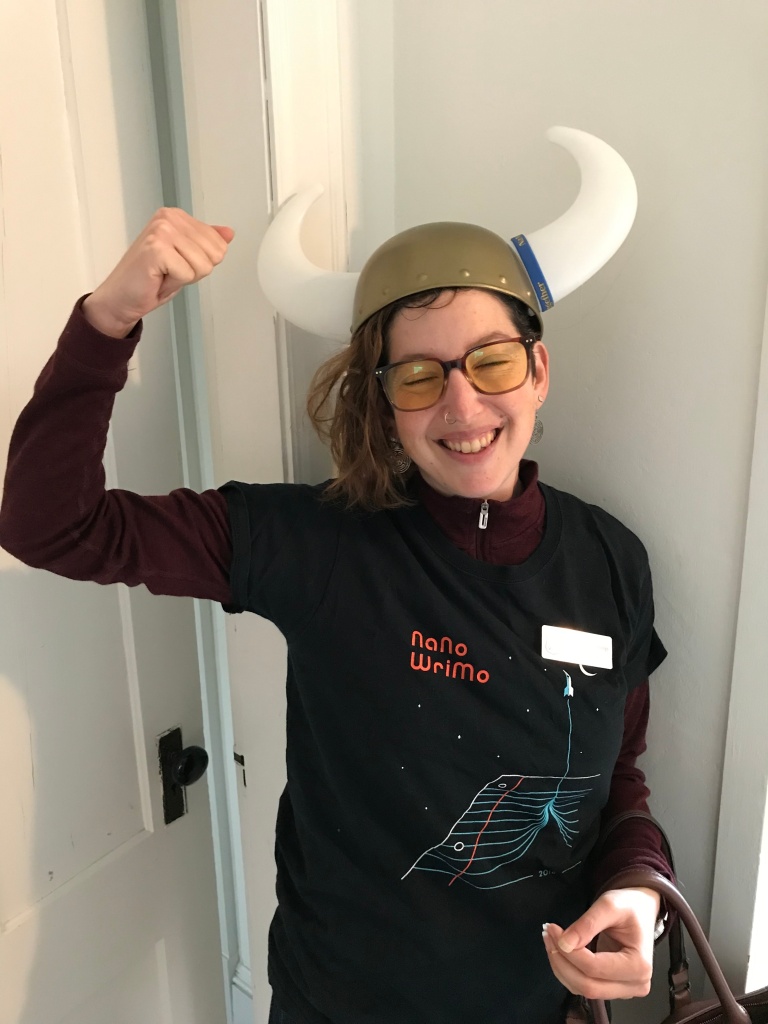
I also neglected to tell you all about this November’s NaNoWriMo! Not only was I a winner, baby, but I also volunteered with the Western Mass Municipal Liaison crew. You couldn’t ask for a nicer bunch of writers to do a massive month-long sprint with.

Thanks for all the awesome, Wrimos!
Future Writing Shenanigans
Whew! That’s my big update. Now, here are my plans for 2024! This semester, I’ll be working on the following projects:
- A feminist, queer-positive retelling of the Persephone myth for a YA novel
- A novel in verse about lesbian necromancers who save the world from zombies
- A hi-lo novel for young adults about a young disabled girl who must free a demon bird to stop a drought
- A picture book or two, plus an early reader
- A mess of short stories
- Plus, mysterious side quests are yet to be discovered!

I’m excited to tell you more about my MFA journey and will do my best to keep you posted between packet submissions. Please let me know how your writing and reading are going in the comments, and keep on being creative!











